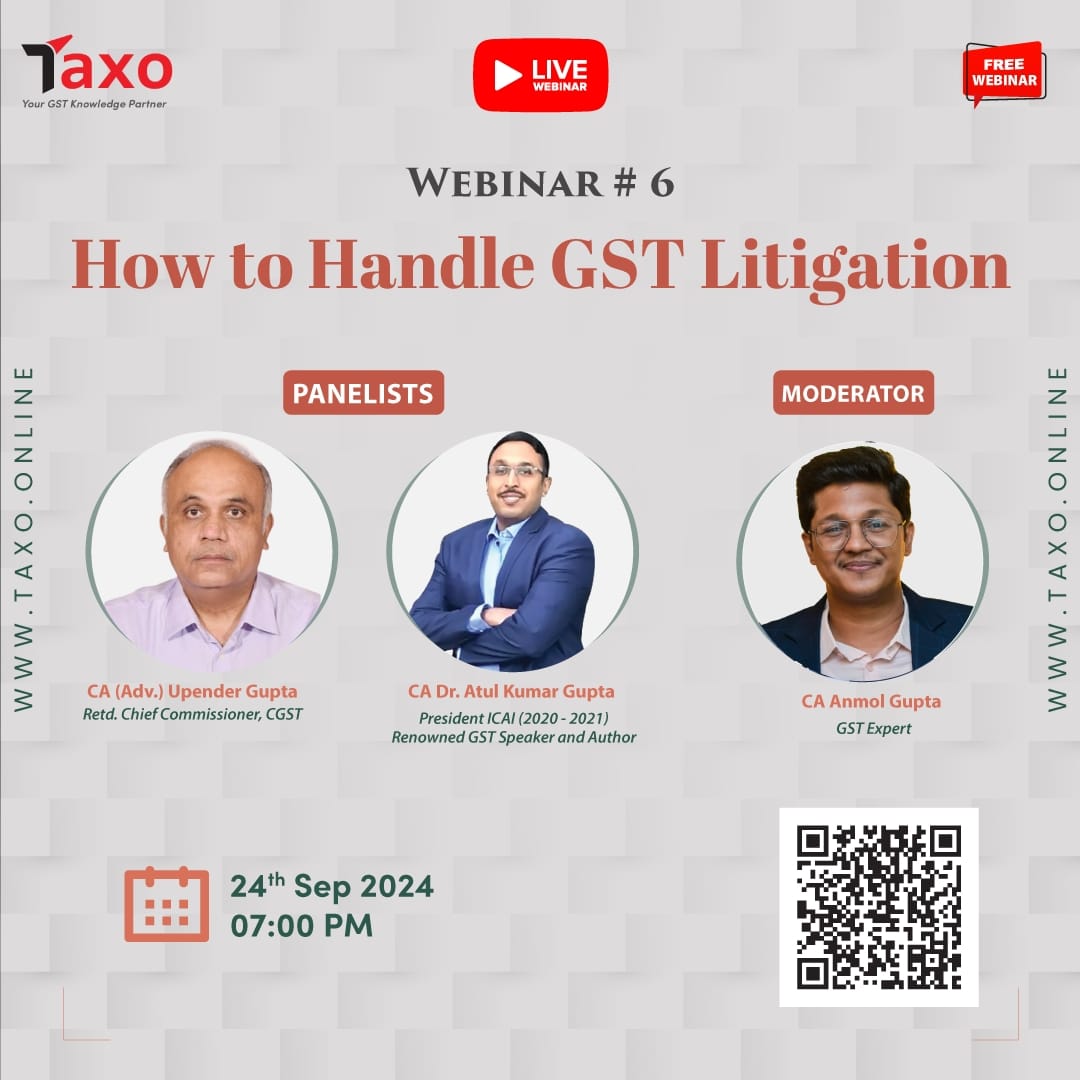‘Indians need to pay GST on commission paid for crypto trade done on exchanges abroad’
Many exemptions scrapped, project import as an entry not removed
Vivek Johri, Chairman, Central Board of Indirect Taxes and Custom, says that when a person does a transaction on an exchange located abroad, he will have to pay GST in India on reverse charge basis. In an interview with BusinessLine, he also highlighted changes in the Customs Act through the Budget which will facilitate ease of doing business. Excerpts:
How does the new taxation regime for virtual digital assets help CBIC?
One oblivious benefit is going to be that we will be able to exchange information with each other about asserting the tax base, because operators who are liable to pay Income Tax or the purchasers or those who transact in crypto, will also be liable to pay GST on some of those transaction.
There is some confusion regarding applicability of GST on services provided by crypto exchanges. What do you have to say?
Our interpretation is that there is clarity in the law and the commission paid to the operator or an exchange, which is providing a platform for transaction in digital currency, is in a view of service he provides to the users of that platform and, therefore, it is the supply of service which is chargeable to GST
In case of exchanges that are located abroad, the provision is that the place of supply of service would be India because the recipient of service is in India and, therefore, he will be liable to pay GST on reverse charge basis.
What kind of benefit do you see after doing away with many exemptions under Custom duty?
In a follow-up to the Finance Minister’s announcement in the last Budget for review of Custom duty exemption, we have been consulting with other Ministries, stakeholders and with general public. We had identified list of about 400-plus exemptions, which we put out in public domain, and we invited comments from the industry. Side by side, we also collected data on what is the extent of utilisation of these exemptions and who the beneficiaries are. The good news is that on the basis of all these analysis and consultations, we discovered that there were 400 exemptions and entries, which we are in position to remove; either they have become redundant or because the utilisation level is very low or because the benefit is not going to the right beneficiaries. These exemptions have been withdrawn.
What has been done with some unconditional exemptions?
There were some unconditional exemptions, which we were operating through notification, and the result of that very often was that it was difficult for you, as users, to easily find out what is rate of duty applicable to particular items because there was rate prescribed in tariff which we call tariff rates; then there were exempted rates for which they have to look for a notification and unless it was covered by a notification, it was difficult to ascertain the rate. Now, what we have done is, as part of this review, a very large number of unconditional exemptions, which we have built direct into tariff schedule and exemptions, will be removed once the Finance Bill is enacted.
What are the changes in end-use based exemption mechanism?
We have redrafted imported goods at concessional duty rules, and we have simplified the procedures; so, now it is completely automated. Earlier, if an importer or the manufacturer needed to import something, it was based on end-use condition. He had to file an intimation with his local custom or GST authorities, who, in turn, would pass this intimation to the custom authorities at the port. Thereafter, every time the import was made, that intimation has to physically debited and that account had to maintain by the importer and the Custom House. So, this whole process was quite cumbersome. It required physical interface between taxpayers and the department. What we have replaced it with now is a completely automated system. So, the user of an end-based exemption can just straightaway file and intimation online, which will automatically be transmitted to the Custom authorities. Every time an import is made, the debit is done automatically on the system and gives clear visibility to the importer as well as the administration about the volume of import so far under the exemption. Finally, the return, the taxpayer is required to file with regard to these items, a large part of that can be auto populated now.
What are the changes in project import system?
I want to clarify that we have not removed project import as an entry because there was misconception that benefit of project import facility is being withdrawn, that has not been withdrawn. Even with the change in duty rate, the benefitting of importing goods that is required for a project under one umbrella at a uniform rate of duty will continue.
When we undertook the exercise of reducing tariff as part of reforms in early 90s and went on for 20 years and terminated finally with duty structure of 2007, it was agreed that based on recommendations of many experts that 7.5 per cent tariff rate with a graded structure where the basic raw material is at 5 per cent, intermediate at 5 per cent, capital goods at 7.5 per cent and finished consumer good at 10 per cent was moderate level of tariff which will provide adequate protection to domestic industry. Therefore, for capital goods and project imports, the standard rate that was applicable was 7.5 per cent. But over a period of time, depending on requirements of domestic economy and need to give a fillip to certain sectors, where investment was necessity, we had dropped the duty from 7.5 per cent. For example, coal mining projects, power generation projects, food processing projects etc, where the duties have been dropped below 7.5 per cent.
The stated policy of the government is to take the share of manufacturing to 25 per cent from 17 per cent and many policy initiatives have already been taken to see manufacturing get encouragement, whether under Aatmanirbhar Bharat or Make in India program. So, capital good is one area of concerns where there is realisation that there is enormous potential for manufacturing them in the country. The capital goods policy, which came out in 2016, was also designed to meet the same objective. Now what we have done this year that we have taken that initiative forward and we feel that by applying moderate level of tariffs to projects and capital goods, it will provide level playing field to domestic manufacturers of capital goods and it will reenergise the sector.
SOURCE: Business Line
https://www.thehindubusinessline.com/money-and-banking/cryptocurrency/indians-need-to-pay-gst-on-commission-paid-for-crypto-trade-done-on-exchanges-abroad/article64965481.ece



